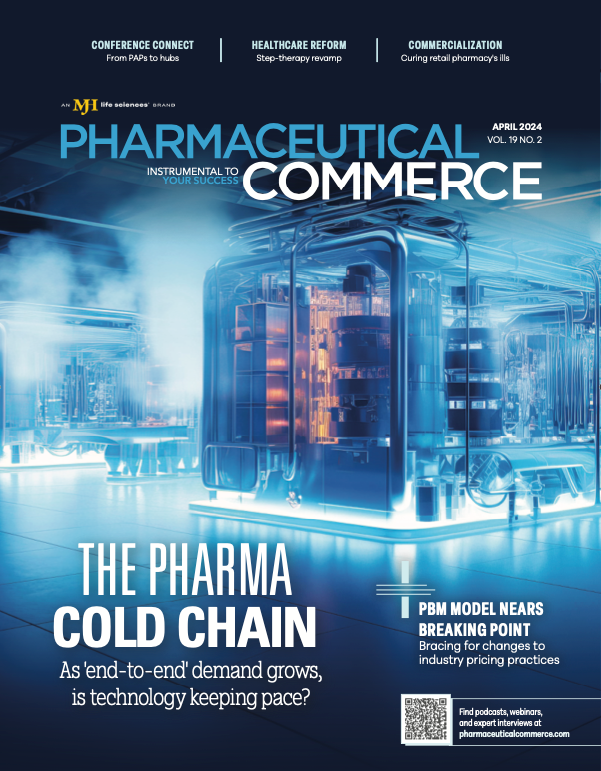The Power of Patient Adherence Tools to Improve the Patient Journey
Why manufacturers should leverage technology to address low adherence rates.

Healthcare journeys vary widely from patient to patient, impacted by unique factors such as age, gender, severity of symptoms, access to specialists, insurance coverage, and more. Amid these complexities, adherence to prescribed therapies emerges as a linchpin for achieving positive health outcomes. However, the healthcare industry continually grapples with persistently low adherence rates, posing a significant challenge to patients’ well-being.
Addressing low adherence rates demands a holistic approach that integrates patient-centric strategies and innovative technologies across the entire patient journey. In order to be successful, manufacturers must embrace proactive measures to eliminate barriers and empower patients to navigate their own healthcare journeys.
By providing accessible, personalized, and technology-driven solutions such as telehealth services, electronic benefit verification (eBV) tools, and mobile applications that deliver real-time reminders, manufacturers have the opportunity to foster greater adherence and promote patient autonomy.
Furthermore, advancements such as predictive analytics and machine learning offer invaluable insights into patient behavior, enabling tailored interventions to support adherence. By analyzing historical data and identifying patterns, manufacturers can anticipate patients’ needs and deliver targeted support, ensuring timely access to care.
Expanding access to healthcare services through telehealth and channel management strategies also can increase adherence rates by enabling patients to access care remotely, securing seamless medication distribution and minimizing supply chain disruptions.
Transparency in pricing and cost verification is also paramount when addressing affordability barriers. Price transparency and a timely, streamlined benefits verification processes can allow patients to make informed decisions about their healthcare, alleviate some of the burden of financial stress, and result in accelerated access to medications.
Finding the right solutions to drive better access for patients, improve affordability, and drive adherence is challenging. In a sea of vendors, here’s what should manufacturers look for:
1. Experience beyond the technology: There are a lot of great companies with amazing platforms, but a common challenge we see with vendors is, while their tech is strong, their intricate knowledge of the life sciences or pharmaceutical industry, specifically around commercialization, may be limited. Find partners who have the technological backbone but also have helped—through their technologies—bring therapies to market to help patients.
2. Knowledgeable in direct-to-care models: A growing facet of the life sciences industry are models that offer connectivity directly to patients. Can your partner combine advertising, telehealth, pharmacy billing, benefit verification, reimbursement, and dispensing in one model that can empower patients to obtain faster access to providers and their prescribed therapies, while also benefiting from the latest affordability automation that provides price transparency? If so, it’s a model worth looking at that can reap tremendous rewards.
3. Skilled in omnichannel connections: A buzzword for years in the industry has been omnichannel—delivering connections across multiple channels (email, social media, website) to multiple audiences (patients, physicians) in an orchestrated manner. Most companies have built platforms to connect with clinicians, but will that be enough to produce a successful connection? Make sure you consider all options.
4. Embracing AI and innovation at every step: Technology is important, as it’s the backbone of what we do. But you also need a partner that embraces new ways of thinking and innovative solutions that are quickly evolving. Artificial intelligence, machine learning, and similar technologies are changing how we can stay connected and interact with patients. They are driving more efficiencies than ever before. Yet they also must be utilized carefully in the highly regulated pharmaceutical industry.
Manufacturers that embrace the future of technological innovation, lean on trusted partners with a proven record of delivering, and remain relentlessly focused on the needs of patients are the ones that will rise to the top. And that’s how we as an industry can continue to make an impact.
About the Author
Maria Kirsch is President of Patient Services at EVERSANA.
